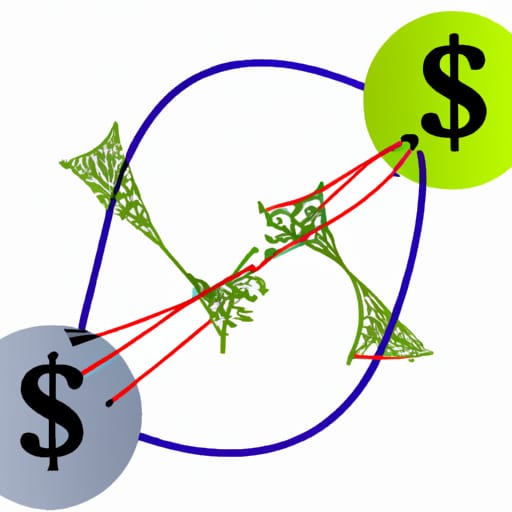With software, the value is in the concepts (model), brand (reputation), people (experience), and customers (installed base). Not so much the design or implementation artifacts. Often we place too much focus on the code, because it is the most tangible manifestation of our investment.
This is a grave error. The code is the result of the sunk cost, but it is not the true value of a software product. The value lies in the capabilities enabled by the software. The software is the means, not the ends. The code must be free to evolve rapidly and radically. If it is not, it will not be able to survive in this ever-changing business environment.
Software organizations that are code-centric have long product release cycles, slow response times to changing requirements, and poor agility to scale the business to expand its market. Code-centric organizations rely heavily upon a skilled development team’s intimate and long-standing relationship to the code. This leaves them vulnerable to competition and employee turnover.
We must be value-centric, not cost-centric in identifying goals. The value is the ends, whereas the costs are the means. The costs (code) must be very flexible, adjusting with agility to the times. The value must be durable. The value must be identified, disentangled from the costs, represented tangibly and separately, and communicated widely. Cost reduction implies discounting investment in code. Decoupling value from code as much as possible allows costs to be reduced without impacting the value.
Complexity grows with code size. Costs grow nonlinearly with code complexity. When you suffer from cost-value entanglement, then code complexity will sink your entire product in time. Entanglement takes away the ability to significantly redesign and reorganize the code, because it puts the value at tremendous risk. Without the freedom to significantly redesign, eventually the product will collapse under the ever-growing weight of its code complexity.
